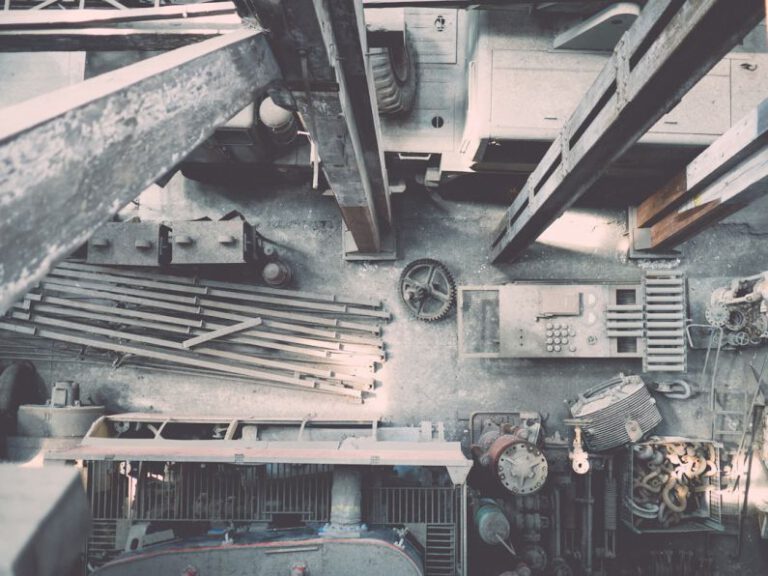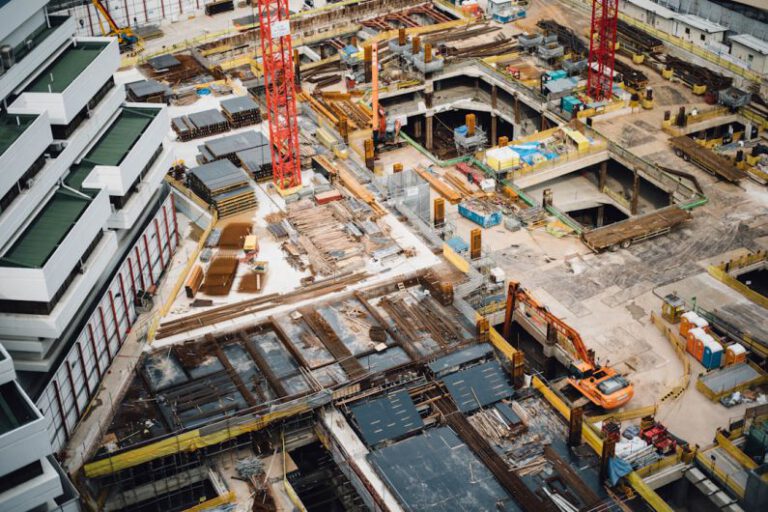Can Robotics and Ai Create a Sustainable Construction Industry?
The construction industry is known for its significant impact on the environment due to the excessive use of resources and high levels of waste generation. As the world strives towards sustainable development, there is a growing need for innovative solutions to minimize the environmental footprint of construction activities. In recent years, the integration of robotics and artificial intelligence (AI) has shown promising potential in revolutionizing the construction sector, offering new opportunities to create a more sustainable industry. Can robotics and AI truly pave the way for a sustainable construction industry? Let’s explore the possibilities and challenges associated with this technological advancement.
**Enhancing Efficiency and Precision**
One of the key advantages of incorporating robotics and AI in construction is the ability to enhance efficiency and precision in various stages of the building process. Robots equipped with advanced sensors and AI algorithms can perform tasks with higher accuracy and speed than human workers, leading to a reduction in construction time and costs. For example, robotic systems can be used for automated bricklaying, 3D printing of building components, and autonomous site inspection, streamlining the construction process and minimizing errors.
**Minimizing Waste and Environmental Impact**
The traditional construction practices often result in excessive material wastage and energy consumption, contributing to environmental degradation. By leveraging robotics and AI technologies, construction companies can optimize material usage, reduce waste generation, and make more sustainable choices in building design and construction. AI-powered algorithms can analyze data to identify potential areas for improvement, such as energy-efficient building materials and construction techniques, ultimately leading to reduced environmental impact.
**Improving Safety and Risk Management**
Safety is a critical concern in the construction industry, with numerous accidents and injuries occurring on construction sites worldwide. Robotics and AI offer the potential to improve safety standards by automating hazardous tasks, monitoring site conditions in real-time, and providing early warning systems for potential risks. Drones equipped with AI can conduct aerial surveys of construction sites, identifying safety hazards and ensuring compliance with safety regulations. Robotic exoskeletons can assist workers in lifting heavy objects, reducing the risk of musculoskeletal injuries.
**Challenges and Limitations**
Despite the promising benefits of robotics and AI in construction, there are several challenges and limitations that need to be addressed for widespread adoption. One of the main challenges is the high initial investment required to implement robotic systems and AI technologies in construction projects. Companies may be hesitant to invest in these technologies due to cost concerns and uncertainties about the return on investment. Additionally, there is a lack of skilled workforce trained to operate and maintain robotics and AI systems in the construction industry, highlighting the need for specialized training programs and education initiatives.
**The Path to a Sustainable Future**
As the construction industry continues to evolve, the integration of robotics and AI holds immense potential to create a more sustainable and efficient built environment. By leveraging these technologies, construction companies can enhance productivity, reduce environmental impact, improve safety standards, and drive innovation in the sector. To realize the full benefits of robotics and AI in construction, stakeholders must collaborate to overcome challenges, invest in research and development, and foster a culture of innovation and sustainability within the industry.
In conclusion, robotics and AI have the power to reshape the construction industry and pave the way for a more sustainable future. By embracing these technologies and harnessing their capabilities, construction companies can drive positive change, improve efficiency, and reduce environmental harm. While challenges remain, the potential benefits of integrating robotics and AI in construction are undeniable. The journey towards a sustainable construction industry powered by innovation and technology is well underway, offering hope for a brighter and greener future.






